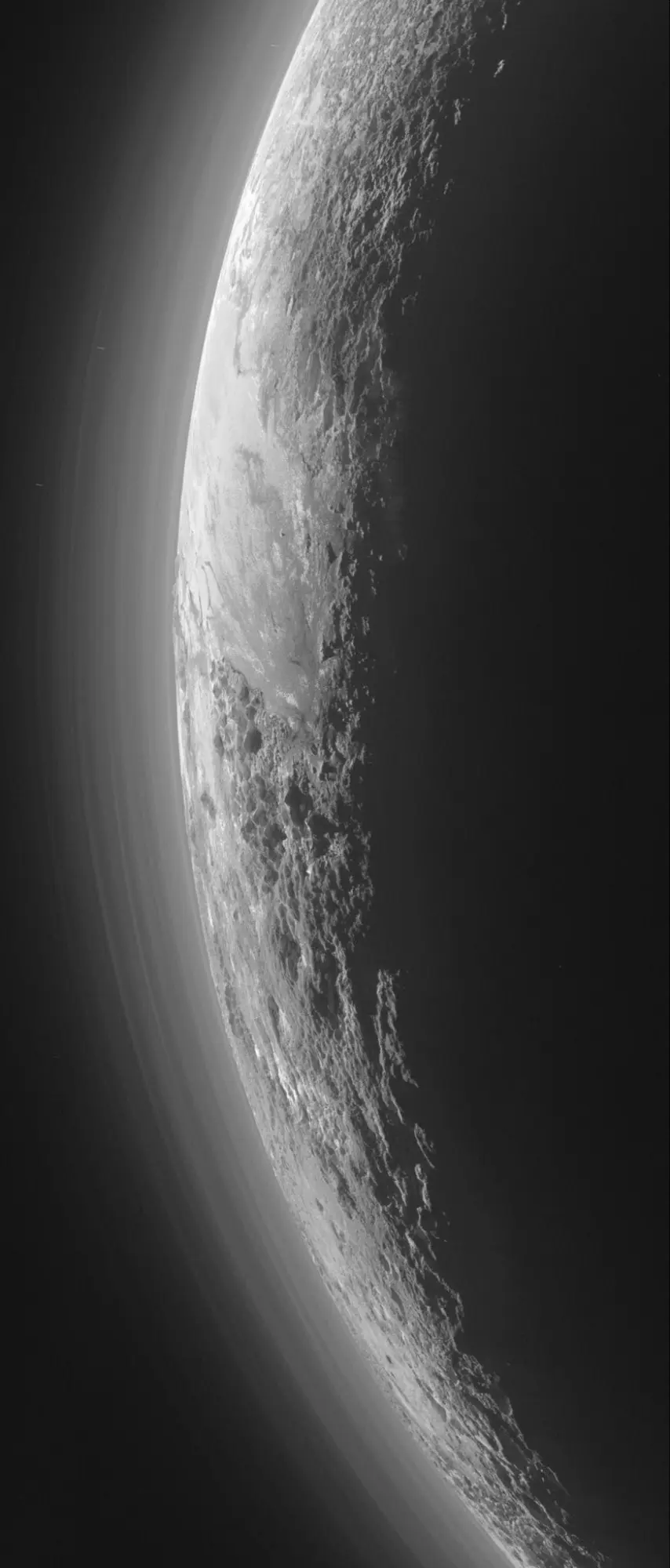Space
9247 readers
152 users here now
Share & discuss informative content on: Astrophysics, Cosmology, Space Exploration, Planetary Science and Astrobiology.
Rules
- Be respectful and inclusive.
- No harassment, hate speech, or trolling.
- Engage in constructive discussions.
- Share relevant content.
- Follow guidelines and moderators' instructions.
- Use appropriate language and tone.
- Report violations.
- Foster a continuous learning environment.
Picture of the Day
 The Busy Center of the Lagoon Nebula
The Busy Center of the Lagoon Nebula
Related Communities
🔭 Science
- [email protected]
- [email protected]
- [email protected]
- [email protected]
- [email protected]
- [email protected]
- [email protected]
- [email protected]
- [email protected]
🚀 Engineering
🌌 Art and Photography
Other Cool Links
founded 2 years ago
MODERATORS
76
77
78
79
80
81
82
83
84
85
86
87
88
89
90
91
92
93
94
192
UNC graduate student discovers planet orbiting around nearby star, astronomers say
(abc7chicago.com)
95
96
98
97
99
100
148
Student-made rocket smashes 20-year-old world record, soaring 470,400 feet above Earth
(www.techspot.com)



